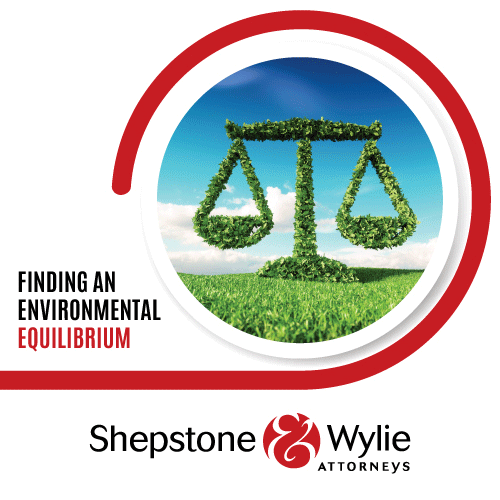A wood gasification stove for domestic use: Design, performance and emission factors
DOI:
https://doi.org/10.17159/caj/2012/22/2.7078Abstract
It has been shown that large numbers of low-income SA households use wood for domestic cooking and spaceheating purposes and are exposed to high concentrations of air pollutants emitted from the unsophisticated appliances being utilised. Although the related problem of exposure to coal smoke from domestic fires has been and is being addressed, wood smoke exposure remains a pressing problem. The design of a more efficient wood using appliance therefore has the potential to reduce the particulate matter exposure of a considerable portion of the SA population. This paper presents the design of a natural draft wood gasification stove for domestic use based on the inverted downdraft principle. Prototypes have been built in two sizes, suitable for relatively unsophisticated manufacturing techniques. The results of performance testing as well emission factor determination are presented. It is shown that simple wood gasification stoves can at least be used for cooking, with a considerable reduction in exposure of household members to particulate matter inhalation.
Downloads
Downloads
Published
Issue
Section
License

All articles are published under a Creative Commons Attribution 4.0 International License; copyright is retained by the authors. Readers are welcome to reproduce, share and adapt the content without permission provided the source is attributed.








.png)